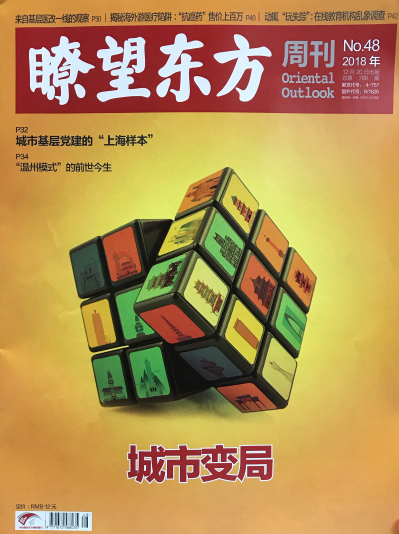
China has made remarkable progress in urban development over the past 40 years of reform and opening up, with the urbanization rate increasing from 17.9 percent in 1978 to 58.52 percent in 2017. The structure of Chinese cities has undergone tremendous changes, which has had a profound influence on the country's development.
China's four first-tier cities—Beijing, Shanghai, Guangzhou and Shenzhen—were all listed as the world's first-tier cities by GaWC, an international urban research institution, in November. The four cities have also achieved remarkable economic growth, with their GDP exceeding 2 trillion yuan ($290 billion) in 2017.
In addition to the four first-tier cities, 10 other cities realized GDP of over 1 trillion yuan ($145 billion) in 2017. They include Wuhan in central Hubei Province, Chongqing in the southwest, Chengdu in southwest Sichuan Province and Nanjing in east Jiangsu Province.
The Pearl River Delta and Yangtze River Delta have taken the lead in urban development in China, with 11 cities from the two regions ranking among the top 20 cities in terms of GDP in China in 2017.
As China has a huge population, higher-level urbanization cannot be realized simply by relying on a handful of metropolises. City clusters like the two river deltas have been recognized as a new model of urbanization.
However, areas like northeast and northwest China have lagged behind in urban growth over the past decades. In 2016, the State Council, China's cabinet, approved the plan to develop the Harbin-Changchun megalopolis in order to boost urban development in the northeast. The megalopolis, which includes five cities in Heilongjiang Province and five cities and one prefecture in Jilin Province, is positioned as an important gateway for opening up in north China, a pilot zone for innovating old industrial bases, and a green and ecological area.
(This is an edited excerpt of an article originally published in Oriental Outlook on December 20)